Civil Procedure Code at Burundi
The Civil Procedure Code of Burundi governs the procedural aspects of civil litigation in the courts of Burundi. It provides the framework for resolving civil disputes and outlines the steps parties must follow to initiate, conduct, and resolve civil cases. The code aims to ensure fairness, transparency, and efficiency in the judicial process, protecting the rights of the parties involved.
Here are the key features of the Civil Procedure Code of Burundi:
1. Jurisdiction and Competence:
The Civil Procedure Code specifies the jurisdiction of various courts in Burundi, determining which court has the authority to hear different types of civil cases.
Jurisdiction can be determined by the value of the claim, the subject matter of the dispute, and the location of the parties involved.
District courts (Tribunaux de Première Instance) typically handle civil cases, while Courts of Appeal (Cours d’Appel) deal with appeals. The Supreme Court (Cour Suprême) serves as the highest judicial body for reviewing appeals and cases of national significance.
2. Initiating a Civil Case:
A civil case in Burundi is initiated by the plaintiff filing a written complaint (requête) with the appropriate court. The complaint must specify:
The facts of the dispute.
The legal basis for the claim.
The remedy or relief sought (e.g., damages, specific performance).
Once the defendant is served with a summons, they must respond to the case by filing a written statement (défense) within a specified time.
3. Preliminary Hearing:
The court may hold a preliminary hearing to ensure that the case is properly framed and that the procedural requirements have been met.
At the preliminary hearing, the judge may decide on any procedural issues, set timelines for the case, and decide whether any interim relief or provisional measures are necessary.
4. Court Procedure:
Written Evidence: Both parties must submit their evidence in writing, which could include documents, contracts, or other supporting materials.
Oral Hearings: In addition to written evidence, the court may hold oral hearings where the parties can present their arguments and question witnesses.
Witnesses: Parties may call witnesses to testify on relevant facts, and the judge may question them directly.
The judge has the authority to request additional evidence, documents, or expert opinions if necessary.
5. Role of the Judge:
The judge plays an active role in overseeing the proceedings. They are responsible for ensuring that the case proceeds fairly, evaluating the evidence presented, and rendering a decision based on the law and facts.
The judge will direct the proceedings, decide on motions or objections, and ultimately deliver the judgment.
6. Judgments and Orders:
Once the case has been fully heard and all evidence has been presented, the judge will issue a judgment. The judgment will detail:
The facts as found by the court.
The legal reasoning behind the court's decision.
The outcome of the case, such as whether the plaintiff is entitled to damages or whether the defendant must comply with certain orders (e.g., contract performance, property transfer).
The judgment may also include an order for court costs or attorney’s fees to be paid by the losing party.
7. Appeals:
If a party is dissatisfied with the judgment, they have the right to appeal to a higher court, typically the Court of Appeal.
Appeals are based on legal grounds such as errors of law or procedural mistakes in the original trial.
The appellate court reviews the case, and it has the power to uphold, modify, or reverse the lower court’s decision.
8. Execution of Judgments:
After a judgment is made, the prevailing party may seek to enforce the judgment if the losing party does not voluntarily comply.
The enforcement can involve the seizure of assets, garnishment of wages, or other measures. The bailiffs or court officers will carry out the enforcement actions.
9. Time Limits (Prescription Periods):
The Civil Procedure Code specifies time limits for filing civil claims, known as prescription periods.
If a claim is not filed within the prescribed period, it may be barred from being heard. The limitation periods vary depending on the type of dispute, such as contract disputes, tort claims, or property claims.
10. Interim Measures and Provisional Relief:
The court may grant interim measures or provisional relief during the course of the case, especially if immediate action is required to prevent harm or preserve the status quo.
These interim measures can include injunctions (e.g., to stop a defendant from selling property) or orders for temporary maintenance in family law cases.
11. Alternative Dispute Resolution (ADR):
The Civil Procedure Code encourages the use of alternative dispute resolution (ADR) methods, such as mediation or arbitration, to resolve disputes without formal litigation.
Mediation allows the parties to settle their disputes through negotiation, with the assistance of a neutral third party. In some cases, courts may refer parties to mediation before proceeding with full trial proceedings.
Arbitration is often used in commercial disputes, where an independent arbitrator or panel makes a binding decision outside of the court system.
12. Special Procedures:
The Civil Procedure Code also provides specific rules for handling certain types of cases, such as family law cases (e.g., divorce, child custody), property disputes, or commercial matters.
Family law cases may be handled by specialized family courts, while commercial disputes may be governed by separate legal principles.
13. Legal Reforms and Modernization:
Like many countries, Burundi has sought to modernize its legal system, including updating the Civil Procedure Code to improve efficiency and access to justice.
The introduction of digital platforms for case management and filing has been an ongoing goal to streamline procedures and reduce delays.
Conclusion:
The Civil Procedure Code of Burundi provides the procedural framework for resolving civil disputes in the country. It ensures that civil cases are handled in a systematic, fair, and transparent manner. Key aspects of the code include jurisdiction and competence of courts, the procedures for initiating and defending cases, the role of the judge, appeals, execution of judgments, and the promotion of alternative dispute resolution mechanisms.







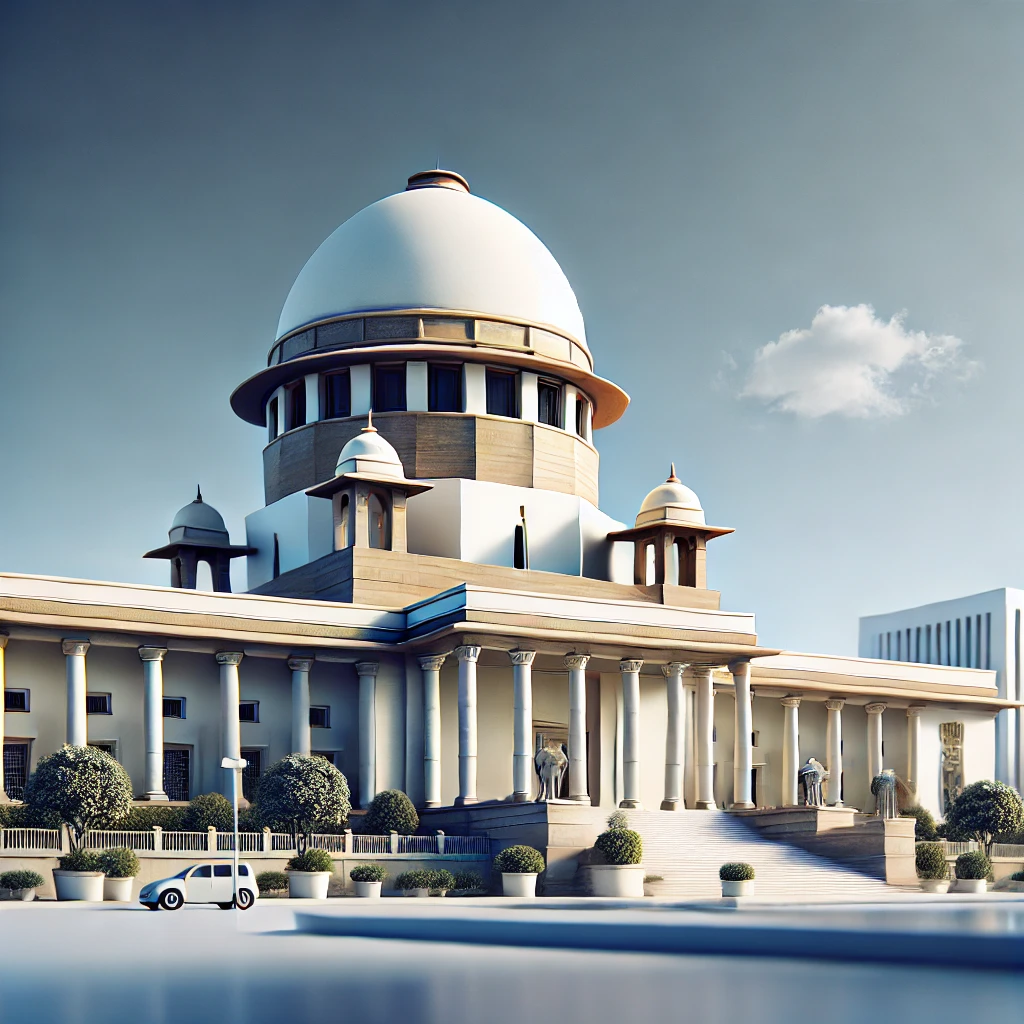










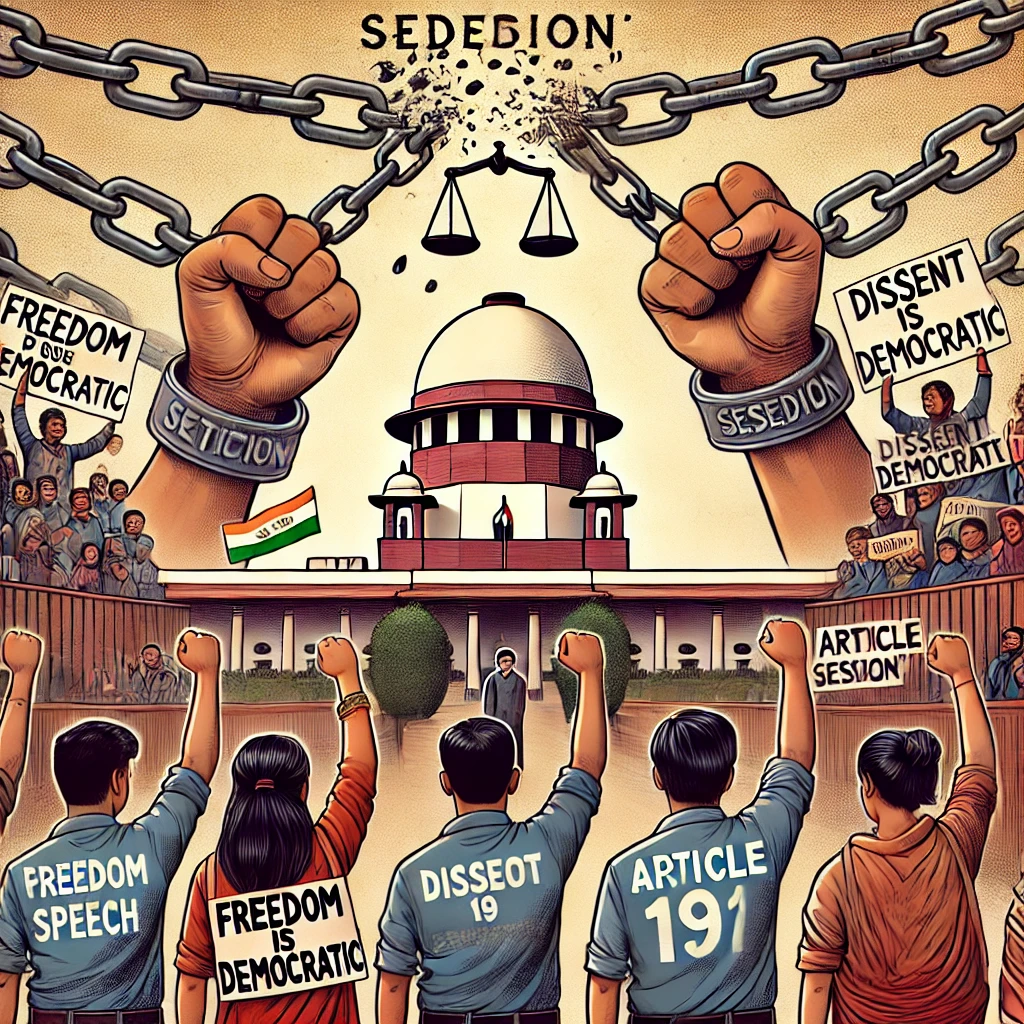

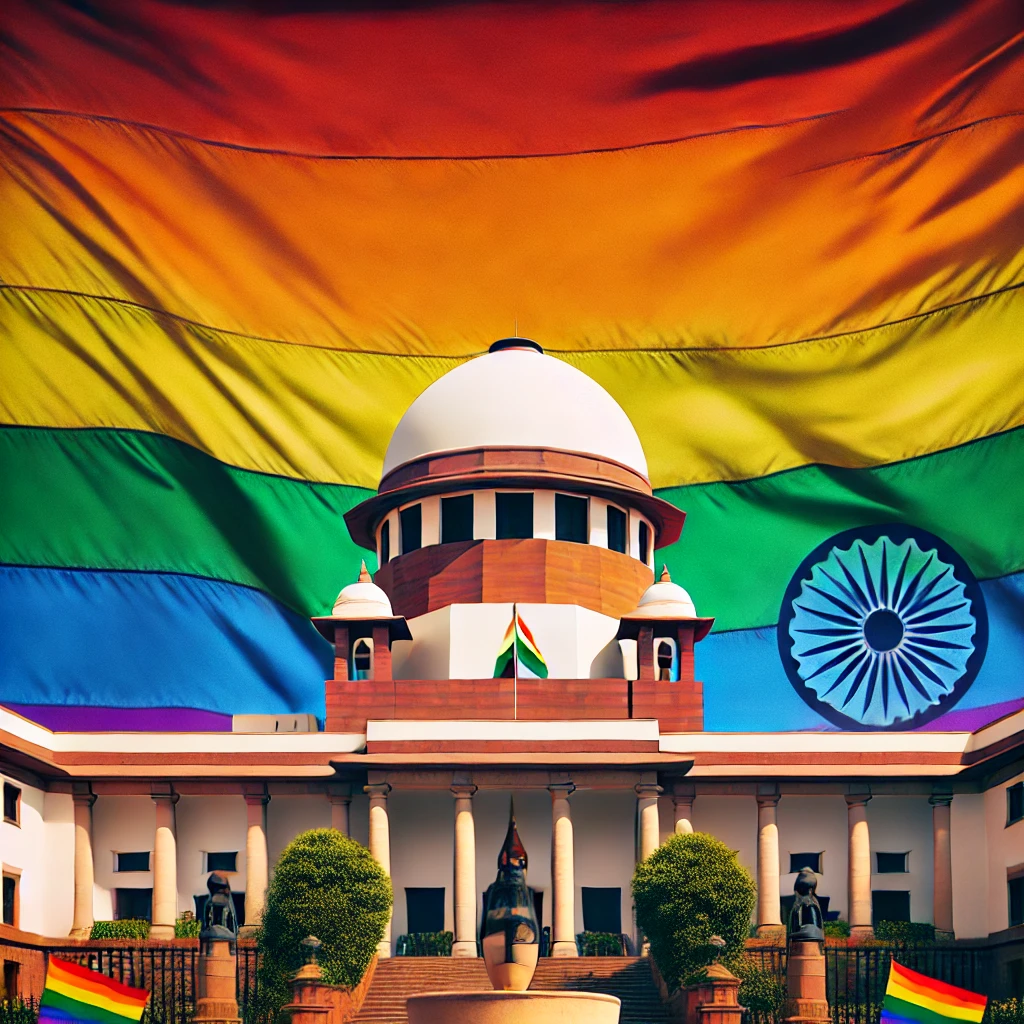

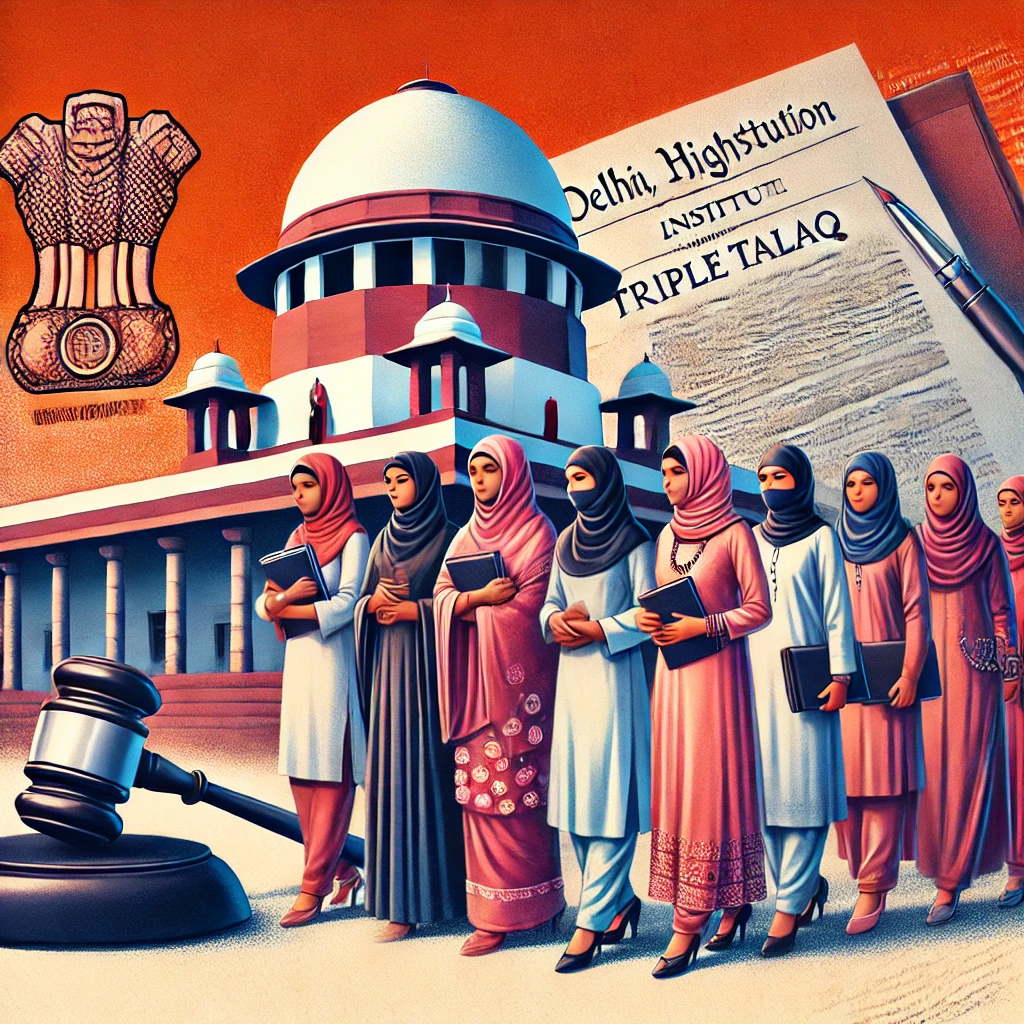




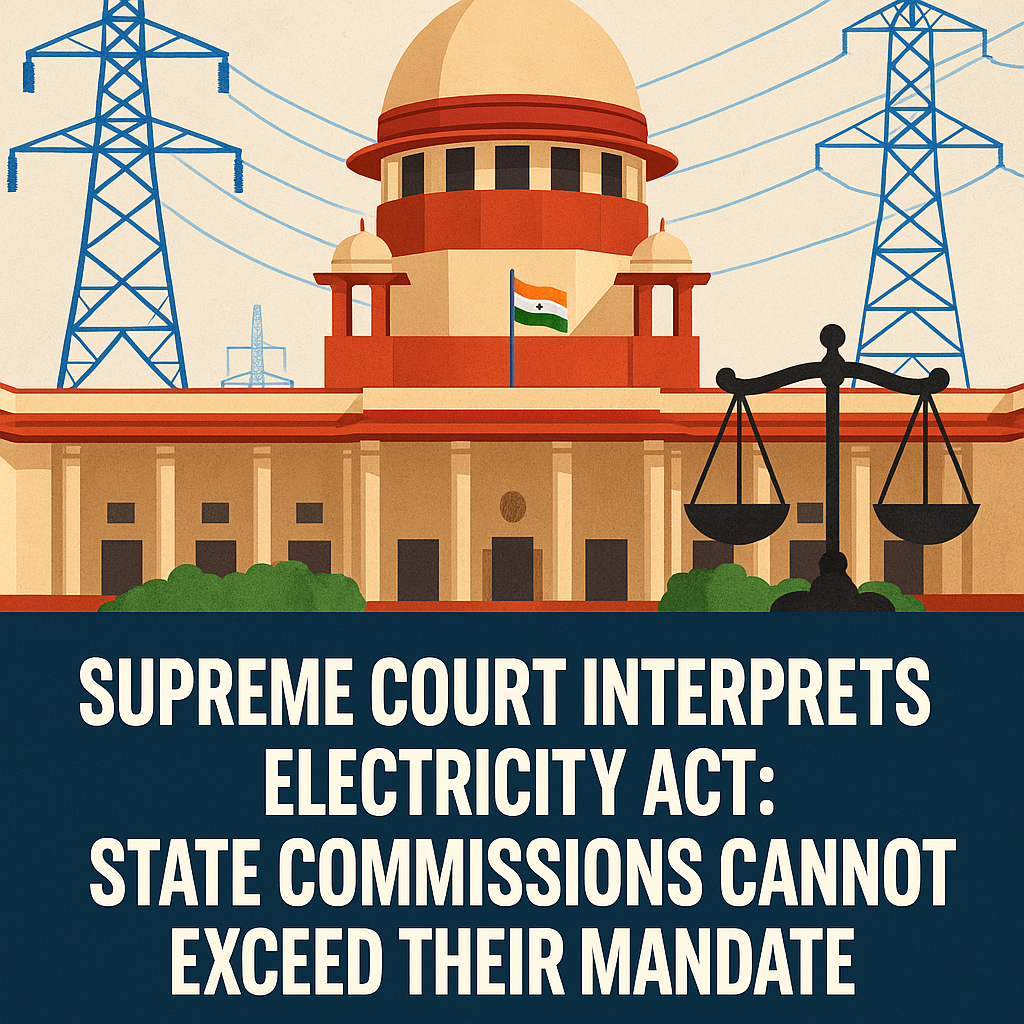

0 comments